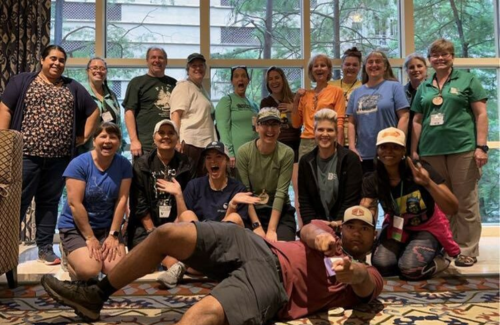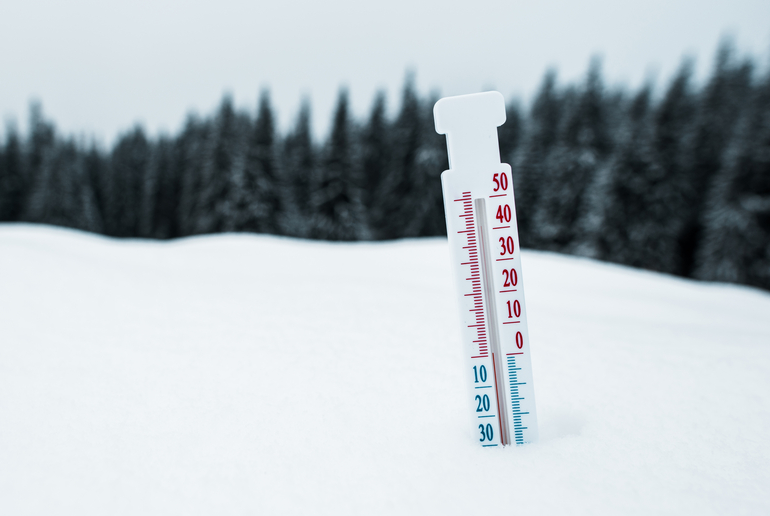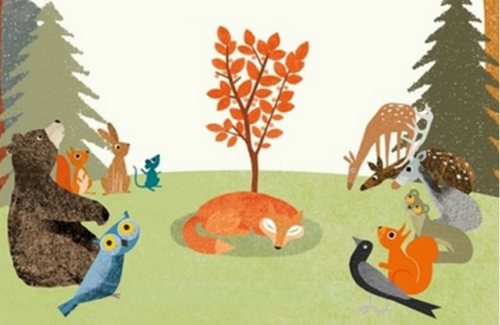
People of PLT | Becoming a Better Naturalist
This month’s People of PLT highlights the work that Mississippi PLT State Coordinator Jonathan Smith is doing to share his love of nature and inspire educators to bring nature to life in the classroom!

This month’s People of PLT highlights the work that Mississippi PLT State Coordinator Jonathan Smith is doing to share his love of nature and inspire educators to bring nature to life in the classroom!

Winter ecology studies the inter-relationships between animals, insects, and plants with their habitat in the winter. Explore the plethora of adaptations trees and other living things have to survive winter conditions.

As the holiday season approaches, it’s a great time to get outside to refuel and recharge yourself by taking a gratitude walk! A gratitude walk helps us pause, reflect, and give thanks to every person and living thing in our natural world.

Max is a young boy who strikes an unlikely friendship with a monarch butterfly named Lilly, who asks him to plant milkweed so she can lay her eggs on it the following spring. In a world filled with instant gratification, this book highlights how change happens over time and that we sometimes must wait patiently for those changes to occur.

Michaela Goade celebrates the gifts of the forest with wisdom, gratitude, and kinship with the land in PLT’s latest recommended read, Berry Song.

Explore PLT resources to help you teach students about the environment, whether you’re new to teaching or looking for new environmental education resources to explore! PLT provides easy-to-teach, hands-on activities suitable for various settings, and a range of resources to support and mentor new educators.

Teaching young children about the loss of a loved one can be a difficult topic. In this picture book, a fox lives a long and happy life in the forest, but he is now ready to sleep and closes his eyes forever. As the fox’s friends begin to share memories and tell stories, a tree starts to grow taller and stronger with every memory.

As the days stay sunny for longer, summer can be the perfect time for kids and adults to relax under their favorite tree and catch up on their reading lists. Explore some of our favorite all-ages books about forests and trees to connect with the natural world!

Do you enjoy seeing and hearing birds in your community? Use this book with grades K-2 and spend a day with Ava and her team as they participate in the annual Audubon Bird Count. Learn more about bird watching and how you can become a community scientist yourself and contribute to real scientific research.

We’ve assembled a few ways you and your students can increase biodiversity in the green spaces near your school and homes. Try experimenting with any number of these activities and start observing changes in your environment in as little as a few weeks!